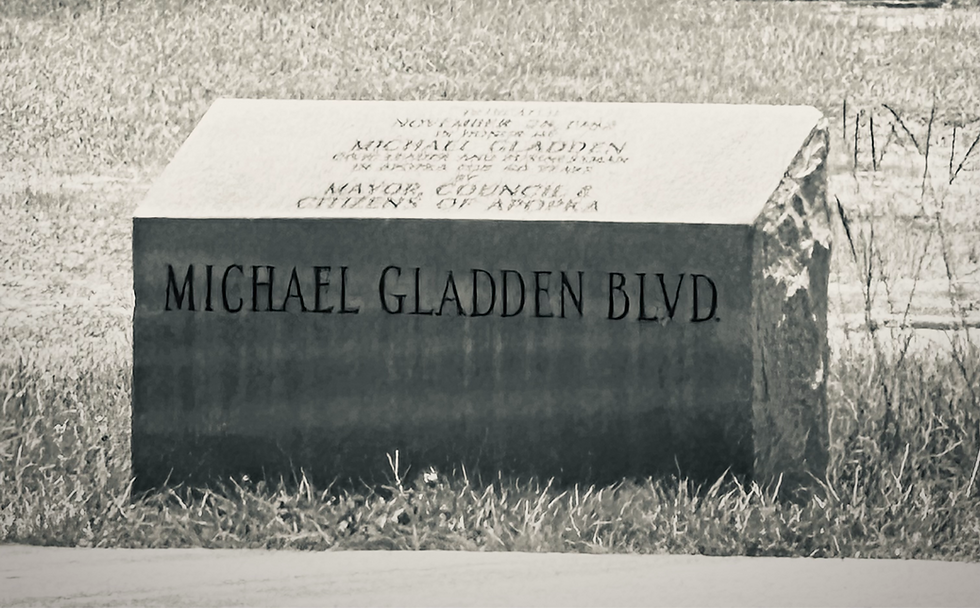"Iron Maiden"
- Elio Singer
- Jun 27
- 2 min read

Hello, reader! This week, I wanted to share with you the Gladden Collection finds I did not have space to discuss in last week’s blog post. Although most of my time at the Museum of the Apopkans was spent discussing Judy Ustler Babb's extensive family collection with her, I was also able to label and measure additional artifact collections in Gladden binder “A.” I was unfortunately unable to get over to the museum before today’s due date because of conflicting plans, but I hope to spend a couple of hours there on Saturday in order to process this collection further.
The first object I encountered last week was a typed letter addressed to Marie Gladden, which was sent by The Monitor Sad Iron Co. of Hickory, North Carolina. In this correspondence, the writer, Mr. Robert M. Perry, addresses an order placed by Mrs. Gladden for one “Model B Monitor Iron” in 1940. With a quick search, I learned more about this particular model of iron. The Monitor Iron was patented in 1903 and was used from the twilight years of the Victorian Era into the Post-War Era of the United States. These irons, even in their heyday, were considered to be dangerous due to their use of kerosene, gasoline, and even white gas contained in a tank affixed to the iron itself. In fact, the Animas Museum of Durango, Colorado, describes these volatile antiques as “ironing with a Molotov Cocktail.”
Nevertheless, Mrs. Gladden originally paid only five dollars for this device, though twenty-five cents were refunded to her via mail due to a money error noted in her order. Included in this letter was also an offer to Mrs. Gladden to sell in-demand Monitor irons to housewives in her territory, for which she would receive a generous commission from the Monitor Sad Iron Co. One is left to wonder if Mrs. Gladden ever took up Mr. Robert M. Perry’s offer! Perhaps as I further explore the binders’ contents, I will find evidence of this potential business avenue in Mrs. Marie Gladden’s life.
Additionally, a brochure containing “Important Directions for Operating” was included with the letter, as well as the aforementioned delivery of Mrs. Gladden’s Monitor iron. From the catalog of parts listed on the back page of the brochure, one can see that this iron contained both lead and asbestos parts! Of course, this is far from surprising within its historical context, but still jarring to see in the present day. Compared to the staple “sad iron” of the earlier 19th century, which was typically placed on the stove to heat, the instructions of this model are noticeably more intimidating to prevent tragedies that would further damage the model’s preexisting reputation. This once-commonplace document is truly a treasure to behold, and I am thankful that these related objects were preserved together; even after 85 years, this exchange still survives within binder “A.” I hope to share more exciting Gladden finds with you after the holiday week, reader!


















Comments